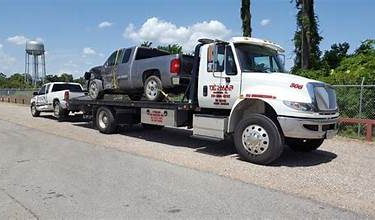In the realm of technological innovation, autonomous vehicles stand as a beacon of the future, promising to revolutionize transportation as we know it. These vehicles, equipped with advanced sensors, artificial intelligence (AI), and cutting-edge algorithms, are designed to operate without human intervention, offering a glimpse into a world where mobility is redefined.
The Technology Driving Autonomy
The foundation of autonomous vehicles rests on a sophisticated network of technologies. Lidar (Light Detection and Ranging), radar, cameras, and ultrasonic sensors form the sensory suite, enabling these vehicles to perceive their surroundings with remarkable accuracy. AI algorithms process this vast stream of data, making split-second decisions to navigate roads, interpret traffic signals, and anticipate pedestrian movements. Innovations in machine learning and deep neural networks have significantly bolstered the capabilities of these systems, allowing vehicles to continuously learn and adapt to diverse driving conditions. Companies at the forefront, such as Waymo, Tesla, and traditional automakers, continually refine their autonomous platforms, inching closer to achieving widespread adoption.
Regulatory Challenges and Ethical Quandaries
Despite rapid technological advancements, regulatory frameworks lag behind, grappling with the complexities of integrating autonomous vehicles into existing infrastructures. Issues surrounding liability, safety standards, and ethical dilemmas during unforeseen scenarios remain unresolved. Questions persist on how to allocate responsibility in case of accidents involving autonomous vehicles and how to ensure these vehicles comply with existing traffic laws. Ethical considerations also loom large. Programming vehicles to make split-second decisions in life-threatening situations raises moral debates. For instance, should an autonomous car prioritize the safety of its occupants over pedestrians, or vice versa? These ethical conundrums demand careful deliberation and standardized guidelines.

Economic Ripples and Societal Transformations
The widespread adoption of autonomous vehicles is poised to create seismic shifts in various sectors. The transportation industry will undergo a metamorphosis, affecting jobs related to driving, maintenance, and logistics. While new job opportunities in technology and vehicle management may emerge, the displacement of traditional roles could pose challenges. Moreover, the economic landscape will witness alterations in consumer behavior. Car ownership patterns may evolve as autonomous ride-sharing services become prevalent. Urban planning might shift as parking spaces decrease in demand, leading to potential changes in city layouts. Societally, autonomous vehicles promise enhanced safety and efficiency, potentially reducing accidents caused by human error. They could improve accessibility for the elderly and differently-abled individuals, fostering inclusivity in transportation. However, concerns about cybersecurity vulnerabilities and data privacy also come to the forefront as vehicles become increasingly connected.

Conclusion
The journey toward a future dominated by autonomous vehicles is a multifaceted expedition fraught with challenges and opportunities. Technological breakthroughs continue to propel us forward, but regulatory frameworks and ethical guidelines must evolve in tandem to ensure a seamless integration. The impact on economies, societies, and individual lives will be profound, necessitating proactive measures to address the disruptions and capitalize on the advantages. Collaboration between policymakers, industry leaders, ethicists, and communities is imperative to steer this transformative voyage responsibly. As we stand at the cusp of a transportation revolution, the evolution of autonomous vehicles not only represents a testament to human innovation but also prompts us to carefully navigate the ethical, regulatory, and societal landscapes that lie ahead.




